The 1950s was an incredible decade in cinema history. For the U.S. film industry, it arguably represented the Golden Age of Hollywood at its peak, given that by the end of the 1960s, cinema was becoming a little more unpredictable and radical. As such, plenty of amazing, genuinely classic Hollywood films were released in the 1950s. Elsewhere in the world, it proved to be a decade where films in languages other than English found international success, most notably those from places like Japan, France, and Sweden.
It’s impossible to rank every single great movie that was released during this decade, but it is possible to give a rundown of some of the very best. That’s what the following ranking intends to do: highlighting the various must-see movies of the 50s that by and large still hold up, with these classic titles ranked below, starting with the great and ending with the absolute greatest.
And for even more recommendations, check out our lists of the best movies of the 1970s, best movies of the 1980s, and best movies of the 1990s.
Updated September 29, 2023, by Jeremy Urquhart:
1950s movies make up some of the best movies of all time, and though the decade is now long in the past, the movies released during it endure. It’s hard to collectively pay tribute to all the best movies of the ’50s, but what follows are some of the greatest among the greats. Anyone wanting to see the best of what the decade had to offer should make checking out the following classics a priority.
30 ‘Rashomon’ (1950)
Akira Kurosawa released several classics throughout the 1950s, with his decade getting off to a great start thanks to Rashomon in 1950. It’s a movie about crime, justice, and the unreliability of human memory, following the aftermath of a brutal crime where various witnesses – and people involved – all have different recollections of what went down.
It’s a story that benefits from being told in a visual medium, given it’s easy to see one subjective view after another, with Kurosawa expertly shifting things in interesting ways to demonstrate the film’s central message. By design, Rashomon offers little by way of easy answers, but is tremendously well-made, compellingly acted, and consistently interesting to watch.
Watch on Max
29 ‘Rear Window’ (1954)
Quite remarkably, Alfred Hitchcock directed two classics that both got released in 1954. The lesser of the two was Dial M for Murder, which is still a great mystery/thriller movie in its own right. That one starred Grace Kelly, and she also appeared in Hitchcock’s other 1954 classic: Rear Window.
It’s an expertly made slow-burn thriller, centering on James Stewart’s character, and the spiral of paranoia he falls into when he starts believing one of his neighbors may have committed a murder. Thanks to the character recovering from a leg injury, Stewart’s confined to an apartment for almost the entire movie, with Hitchcock memorably using the confined setting to film things creatively while upping the tension, thanks to the claustrophobic nature of it all.
28 ‘The Searchers’ (1956)
John Wayne’s an actor who’ll always be tied to the Western genre, and the same can be said of director John Ford, with these two Johns making many classic American movies together. Of their numerous films, The Searchers inevitably stands as one of the best titles in either man’s body of work; perhaps even the best that Wayne acted in or Ford directed.
It might sound like a simple Western on the surface, revolving around one determined man trying to locate and rescue his niece, but it goes to some surprisingly dark places and explores more complex themes than one might anticipate. It’s also one of the best-looking movies of the decade, with the Old West rarely captured in as visually bold and dynamic fashion as it was here.
27 ‘Roman Holiday’ (1953)
As a charmingly bittersweet romantic comedy, Roman Holiday might well be the gold standard. It stands as a movie that’s rarely equaled in this department, perfectly telling a straightforward story about an American journalist and a European princess falling in love while in Rome, and the brief yet endearing romance that blossoms between the two.
It’s far from the only iconic film that either Audrey Hepburn or Gregory Peck appeared in, but both give performances here that would undeniably rank among their respective best roles. It balances heart, comedy, and believable romance very well, and is likely to prove entertaining even to those who might not usually be particularly fond of the romance genre.
26 ‘Witness for the Prosecution’ (1957)
Witness for the Prosecution isn’t just one of the best courtroom dramas of the 1950s; it ranks among the greatest of all time. It centers on a high-profile murder case, with the accused getting the assistance of an aging lawyer who becomes passionate about the case, due to how publicized and sensationalized it gets.
Like Kurosawa and Hitchcock, Billy Wilder was a filmmaker who had a great decade throughout the 1950s, so much so that Witness for the Prosecution occasionally gets overlooked compared to his other accomplishments from around this time. Yet it shouldn’t be overlooked, as when it comes to great films set largely inside courtrooms, they don’t often get a whole lot better than this.
Watch on Prime Video
25 ‘The Human Condition I: No Greater Love’ (1959)
Though The Human Condition I: No Greater Love runs for a lengthy 206 minutes, it’s ultimately just one part of an even longer trilogy. As a whole, The Human Condition was released in three parts between 1959 and 1961, with the total 9+ hour film standing today as one of the greatest-ever movies set during World War II.
Starring Japanese acting legend Tatsuya Nakadai, it’s about a young man who’s a conscientious objector, only to find himself thrust into fighting in World War II regardless of his personal beliefs. It’s all about the tension between what he’s told to do and what he feels is right, making The Human Condition a heartbreaking, heavy, but undeniably engrossing epic that will move anyone who sits down and attempts to take it all in.
Watch on The Criterion Channel
24 ‘Ben-Hur’ (1959)
At one point in time, Ben-Hur was about as big as movies could get, and it led to it being used in the saying “Bigger than Ben-Hur.” Now that time has passed, the question stands: Is Ben-Hur still the biggest of all the epics? Maybe not – debatably, a handful have equaled it in scope and/or runtime, but not many, in any event.
It remains a classic epic film that still has the capacity to impress viewers both young and old, telling the story of a man sold into slavery, and what he did to get revenge on the rival responsible for his misery. It’s entirely worth watching for the famed chariot race sequence alone, which is still one of the most exciting and impressive action scenes of all time.
23 ‘Elevator to the Gallows’ (1958)
Louis Malle was a French director who never quite achieved the same level of fame as his contemporaries like François Truffaut and Jean-Luc Godard, but he honestly deserves to be considered equally legendary. His filmography is diverse, and he tackled numerous genres, but his debut feature film debatably remains his best.
That movie is Elevator to the Gallows, which works as a tense and always engaging crime/thriller/film noir movie about a seemingly perfect criminal plan going to hell. It’s an effortlessly cool movie, thanks to its visual style and a famed Miles Davis score, and has a certain timeless quality that makes it one of the best French films of all time.
Watch on The Criterion Channel
22 ‘Pather Panchali’ (1955)
Like the aforementioned The Human Condition, Pather Panchali is the first part of a trio of films known as The Apu Trilogy. All were directed by one of the most well-regarded Indian filmmakers in history, Satyajit Ray, and told the story of Apu, who begins the series as a young boy in Pather Panchali before being shown at later stages of his life in subsequent films.
In Pather Panchali, it’s perhaps Apu’s older family members who get more attention, with Apu becoming the central character in parts 2 and 3. The film depicts the harshness of life in a small Bengal village, and while it’s not an easy watch, it is an empathetic and moving film that tells an intimate and powerful story; one that’s further fleshed out further in the second and third films in the trilogy, titled Aparajito and The World of Apu.
Watch on Max
21 ‘Paths of Glory’ (1957)
Though Paths of Glory wasn’t Stanley Kubrick’s first movie (nor was it even his first war film), there’s a strong case to be made that it was his first all-out masterpiece. It’s a downbeat and oftentimes grueling movie set during World War I, and focusing on three men who are put on trial as scapegoats, after an entire group of soldiers fail to execute a particularly dangerous order during combat.
The filmmaking prowess displayed in Paths of Glory makes it feel as though there’s a seasoned director behind the camera, but in reality, the film was made when Kubrick was only in his late 20s. It still packs an incredible punch all these years later, and is about as impactful as anti-war movies get.
Watch on Prime Video
20 ‘A Man Escaped’ (1956)
If you want to see a man escape from prison, A Man Escaped is the movie for you. It’s about as small-scale and intimate as prison movies get, really just centering on a single prisoner mounting an escape on his own, with the film methodically detailing how he plans and then executes this ambitious undertaking.
It’s set during World War II, the prisoner is a French Resistance Fighter with nothing else to lose, and the intense realism of the film manages to make it suspenseful throughout. The minimalism on offer here might make A Man Escaped sound too simple and potentially boring, but it’s the execution and overall attention to detail that makes this classic French film surprisingly riveting.
Watch on The Criterion Channel
19 ‘Godzilla’ (1954)
While numerous sequels to this 1954 original tend to get goofier and over-the-top, blending sci-fi, horror, and action simultaneously, the first Godzilla is a decidedly more somber affair. The legendary monster movie series began nearly 70 years ago now, and initially played things pretty straight as a horror/sci-fi movie.
This does mean that 1954’s Godzilla technically isn’t the most fun Godzilla movie, and is ultimately a downer, but it holds tremendous historical value for starting such a great film series, and also holds up as a unique (and emotionally devastating) anti-war movie. Godzilla and the havoc he wreaks are a stand-in for the destruction atomic weapons can cause, with this film being an eerie and surprisingly timeless work of both sci-fi and horror.
Watch on Max
18 ‘A Star Is Born’ (1954)
There are four movie versions of A Star Is Born (or five, if you want to include the 1932 film What Price Hollywood), but the 1954 version remains the best. It stars Judy Garland and James Mason, with both giving arguably the best performances of their respective careers; the former being a young singer with her whole life/career ahead of her, and the latter being washed-up and continually jealous of his partner’s success.
It’s an excellent musical and tragic romance all at once, playing out over a lengthy (but well-earned) 176-minute runtime. It’s a story that seems to hold resonance for all generations, given the fact that it continues to get told and retold, but few retellings will ever come close to exceeding the quality of the 1954 take on A Star Is Born.
17 ‘The Wages of Fear’ (1953)
Though some might be more familiar with William Friedkin’s 1977 remake, Sorcerer, The Wages of Fear is the original film with this premise, and arguably the best. Said premise is a delightfully simple and arguably perfect one for a thriller: several desperate men are given the dangerous task of transporting explosive material across rough terrain, with the film following their attempts to pull off this mission.
Some might not think a movie that’s from the 1950s could sustain such a simple premise for almost 2.5 hours, but those people would feel quite silly after sitting through The Wages of Fear and realizing it can in fact be done. This film represents the thriller genre at its absolute best, and remains just as tense and nerve-wracking today as it would’ve been for viewers back in the 50s.
Watch on Max
16 ‘Some Like It Hot’ (1959)
Some Like It Hot is far from the only great movie Billy Wilder directed during the 1950s, but it is one of his very best, and is deservedly also one of his most well-remembered. Its plot follows two musicians who are forced to go on the run from the mob after they witness a murder, with their selected method of evasion involving them disguising themselves as women and blending into an all-girl band.
It takes this set-up and runs with it, continually building hilarious gags and increasingly farcical situations for the characters to get wrapped up in. It’s also widely loved for featuring perhaps the best performance of Marilyn Monroe’s tragically brief acting career, with co-stars Tony Curtis and Jack Lemmon also proving tremendously entertaining.
Watch on Max
15 ‘North by Northwest’ (1959)
There are many legendary Alfred Hitchcock movies that get rightly held up as some of the best works in cinema history, but few are as entertaining as North by Northwest. It engages in a “man on the run” style premise that Hitchcock explored time and time again in his career, but never quite as spectacularly as he did in this 1959 film.
The main character is mistaken for someone he isn’t, and that leads to all sorts of entertaining sequences, with some being action-packed, some being suspenseful, and others being darkly funny. It’s a movie that’s an absolute blast to watch, being one of Hitchcock’s most gloriously fun movies, and a perfect one to watch for anyone who’s checking out the great director’s body of work for the first time.
14 ‘The Bridge on the River Kwai’ (1957)
Few movies drive home the futility of war quite as well as David Lean’s The Bridge on the River Kwai does. This World War II epic was a critical hit, and also proved to be hugely successful at the Academy Awards, being nominated for eight Oscars and winning a total of seven, including Best Picture.
It centers on a group of British soldiers being forced to build a bridge while captives of the Japanese Army, and the complications that arise when external forces start plotting to destroy said bridge. It’s a downbeat but utterly absorbing war movie, perfectly telling its simple yet powerful story while also being easy to marvel at from a technical perspective, too.
13 ‘The 400 Blows’ (1959)
The 400 Blows is undeniably one of the greatest coming-of-age movies of all time, and an instrumental French New Wave film, too. It’s about a young boy named Antoine Doinel, with the film simply following him as he clashes with the various adults in his life and continually lashes out against society about as much as an adolescent can.
Its grittiness and focus on unrelenting realism can make it something of an emotionally taxing watch, but its refusal to pull punches is also one reason it’s held up so well in the years since it was released. Many movies about disaffected and disillusioned youth that came out in subsequent decades likely took some influence from The 400 Blows, given movies about the struggles of growing up don’t get much more effective than this.
Watch on Max
12 ‘The Night of the Hunter’ (1955)
Charles Laughton was a well-known actor, appearing in both U.K. and U.S. films throughout his impressive career, but he only ever directed a single film. As it happens, that one movie was The Night of the Hunter, and it’s often held up as not just one of the best movies of the 1950s, but perhaps one of the best of all time.
That being said, the story being told – which focuses on a preacher relentlessly pursuing a widow and her children for their inheritance – is so grim it probably didn’t resonate with people back in 1955; it was just a little too intense. It was reappraised in the years that followed, and given the credit it always deserved, suggesting that it was very much ahead of its time.
Watch on Tubi
11 ‘The Seventh Seal’ (1957)
The Seventh Seal could well be the most famous film directed by the legendary Swedish filmmaker Ingmar Bergman, and it’s arguably one of his best, too. It’s an intensely philosophical dark fantasy movie, with much of the story revolving around the personification of Death playing a game of chess with a knight who’s losing his religion.
It takes place during The Black Death, and as such, is suitably morbid and heavy-going, ensuring The Seventh Seal isn’t the easiest of watches. But then again, Death’s a main character here, so what else can you expect? Thankfully, it’s not all doom and gloom, with this classic film ultimately being about finding some meaning in life, and suggesting that perhaps, such an endeavor can be successful.
Watch on Max

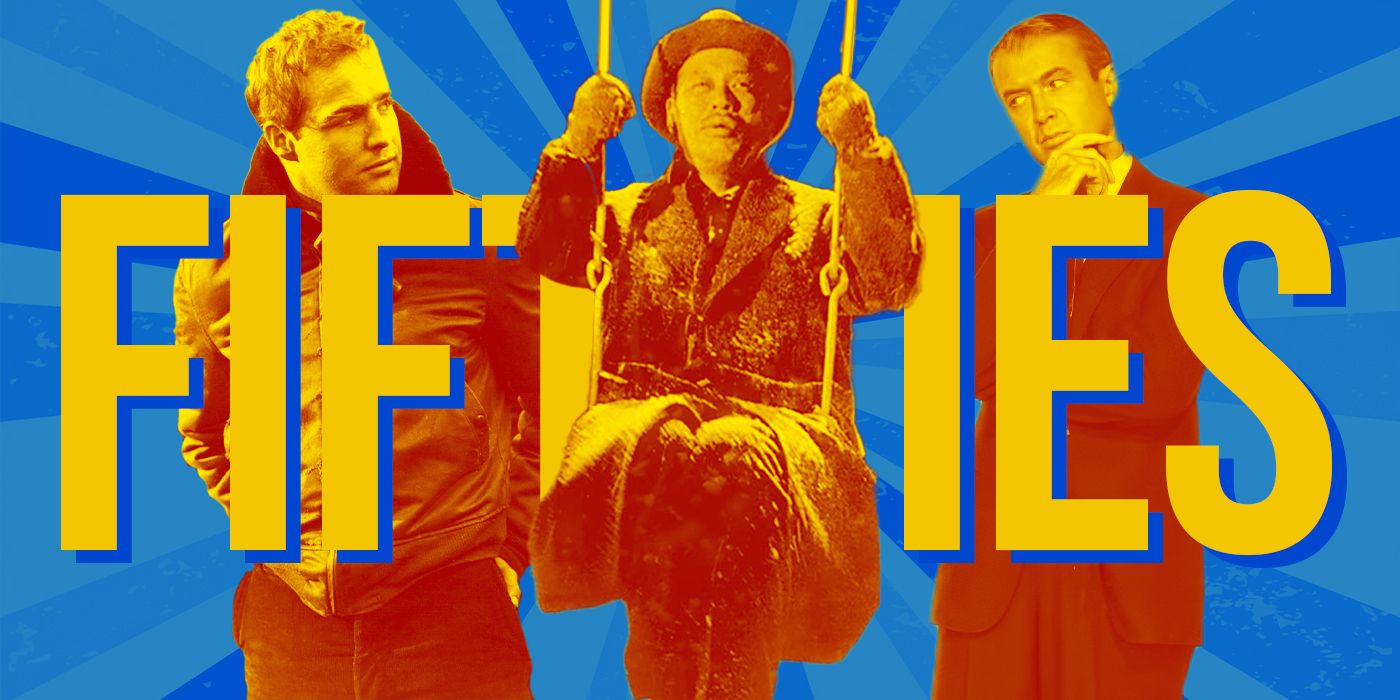
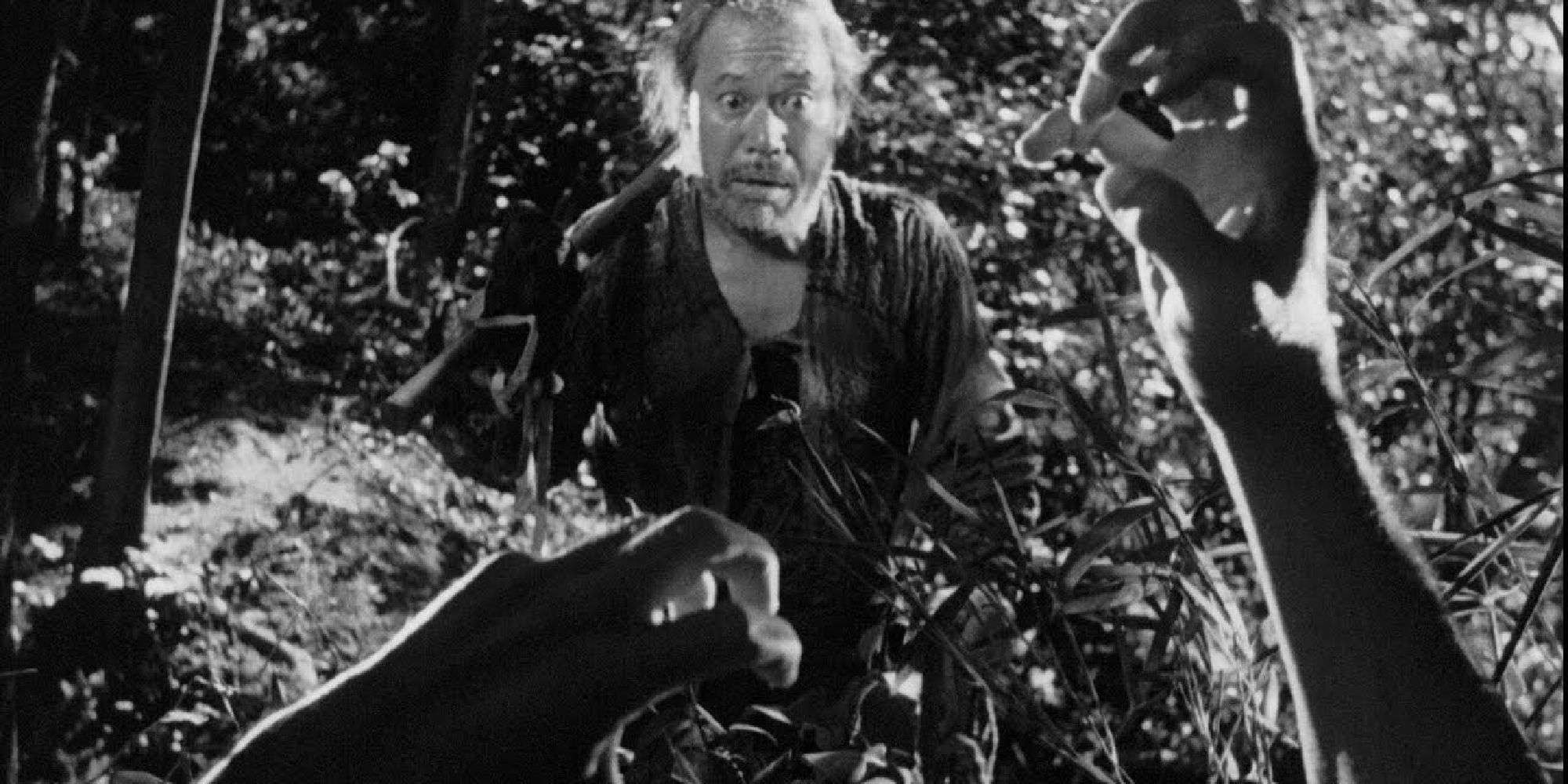
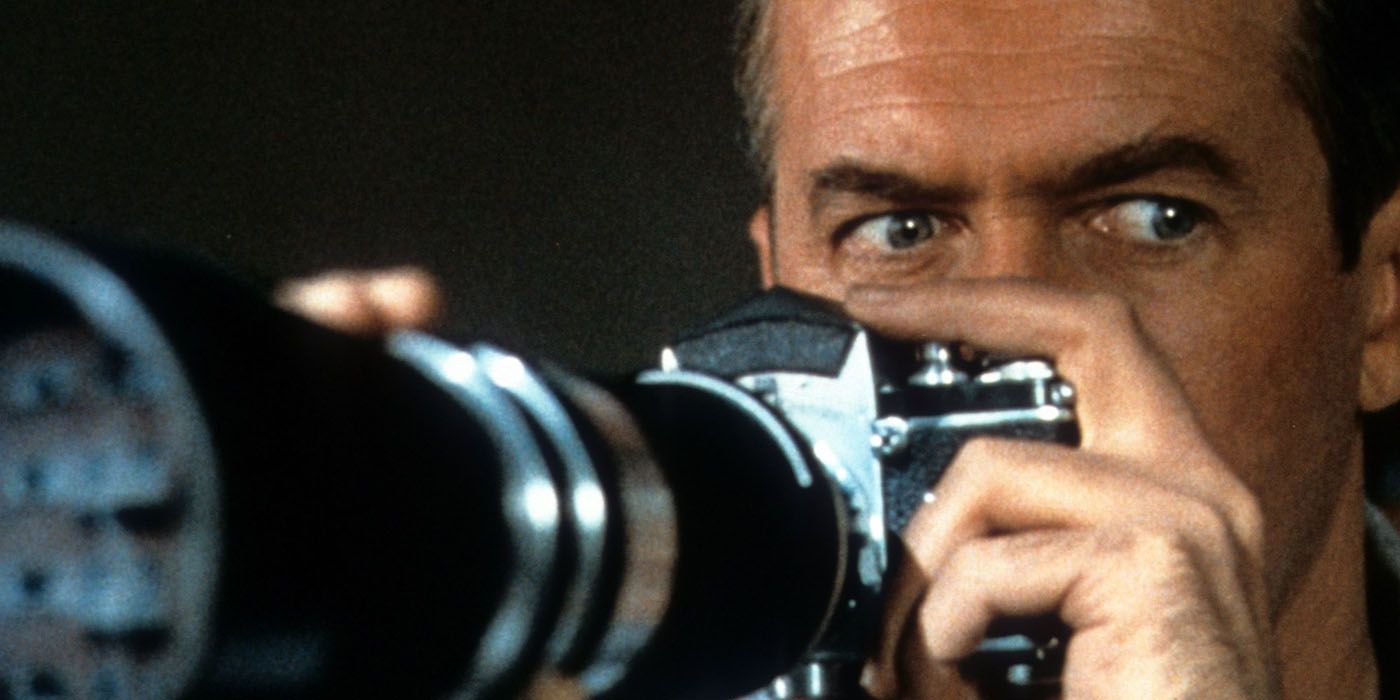
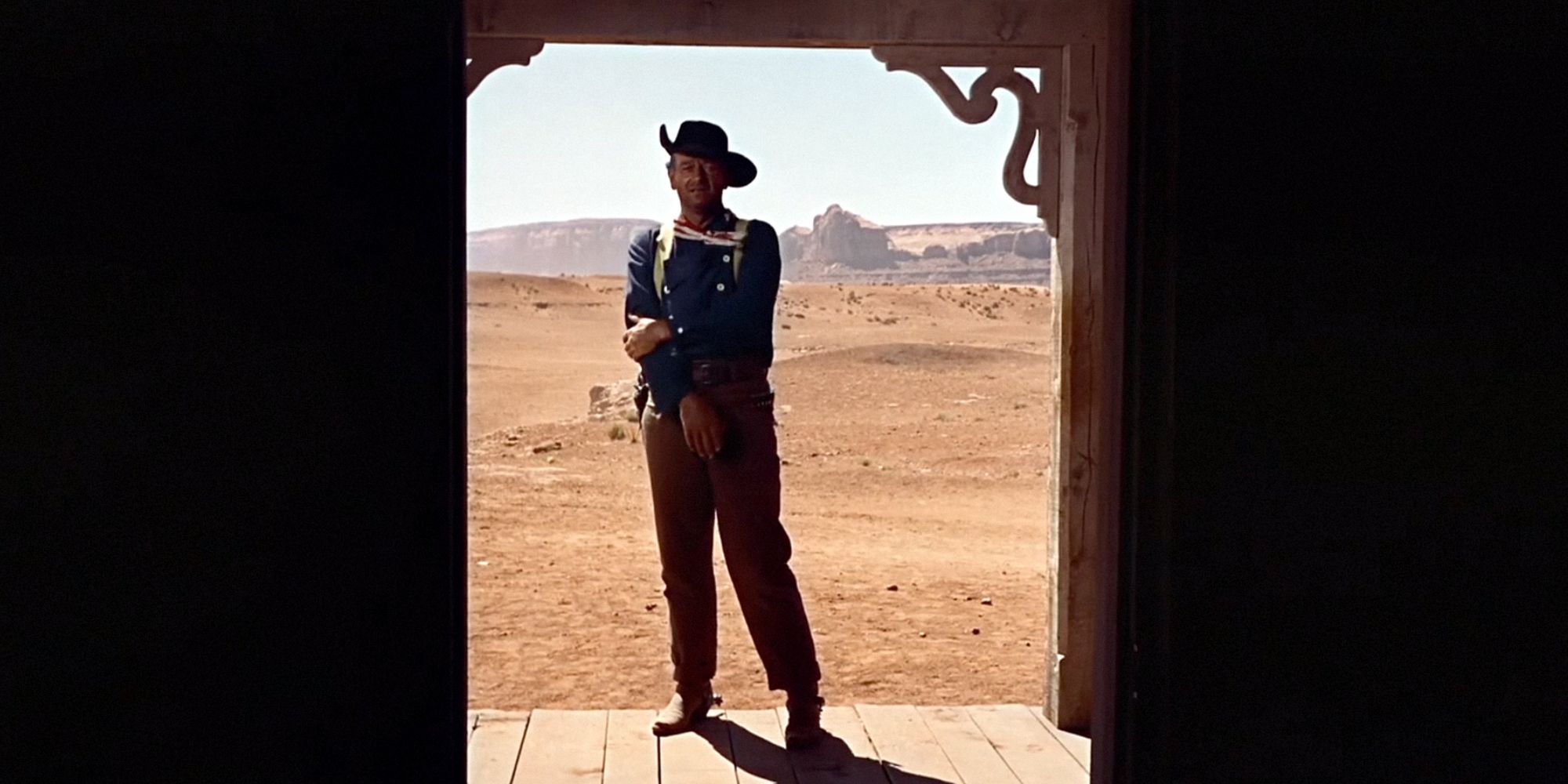
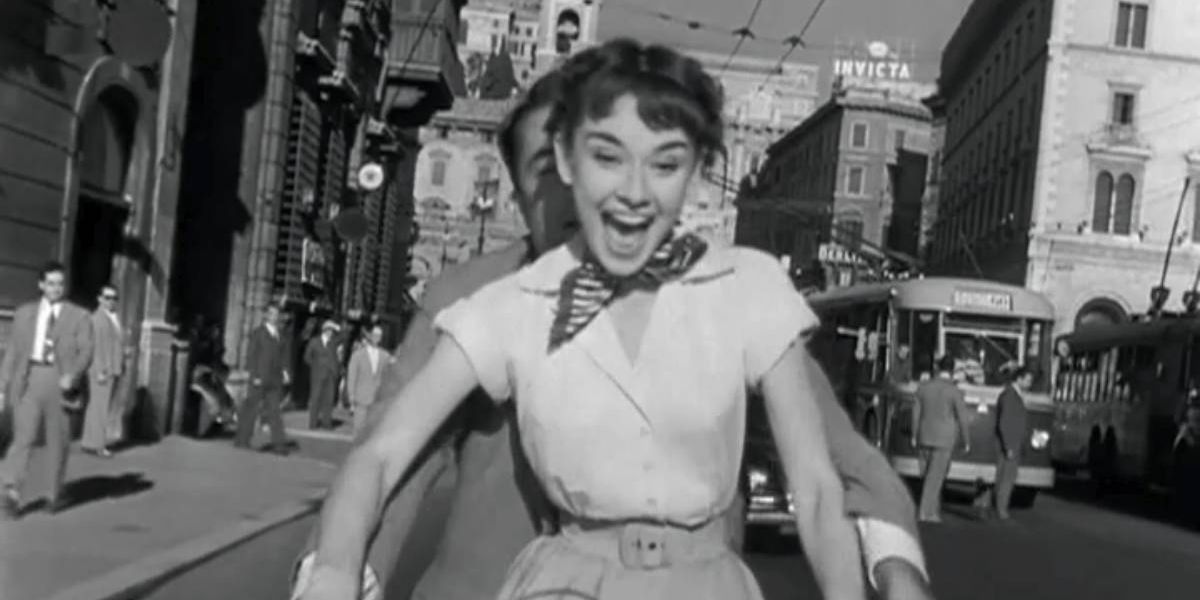
-10.jpg)
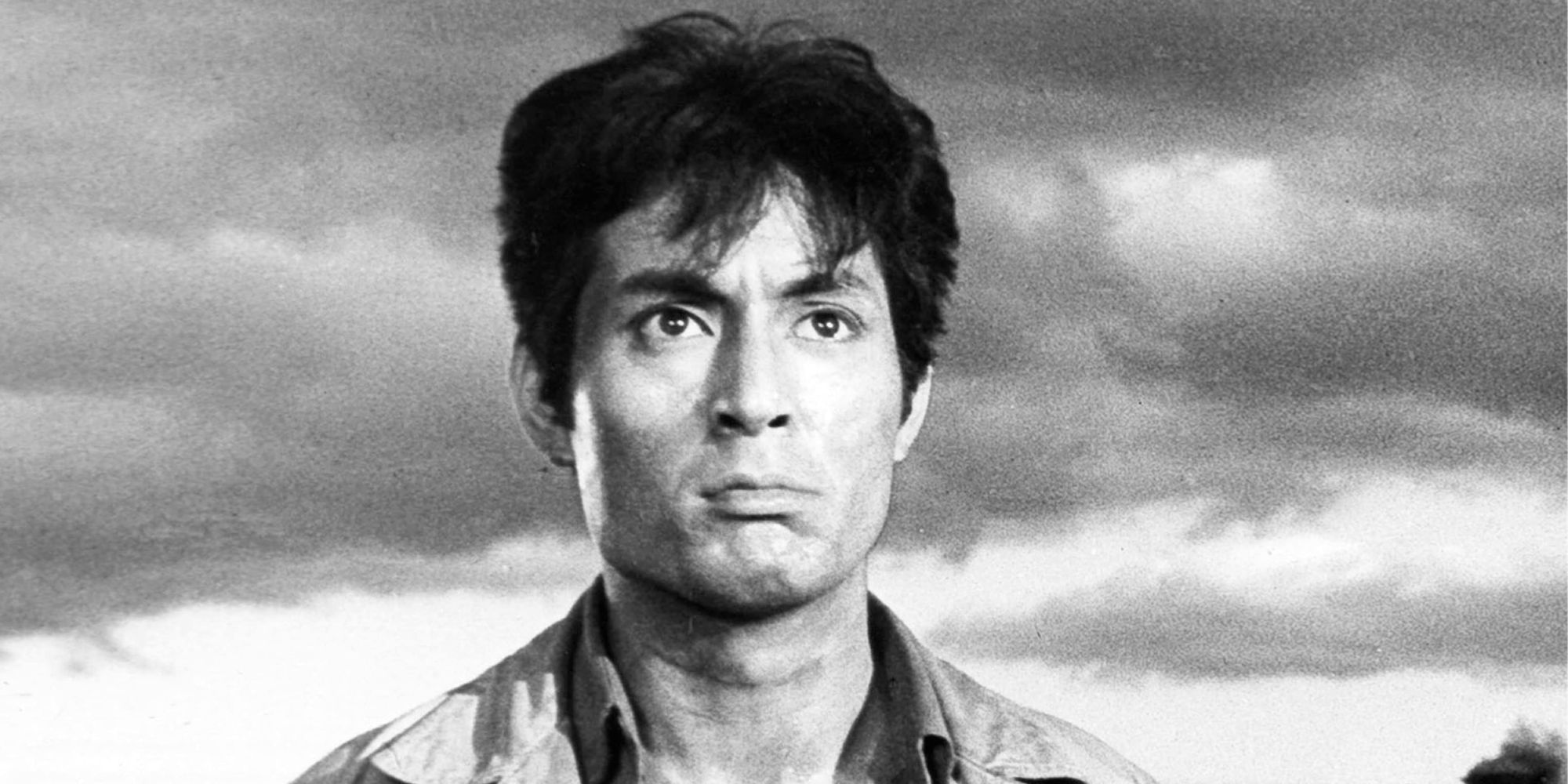
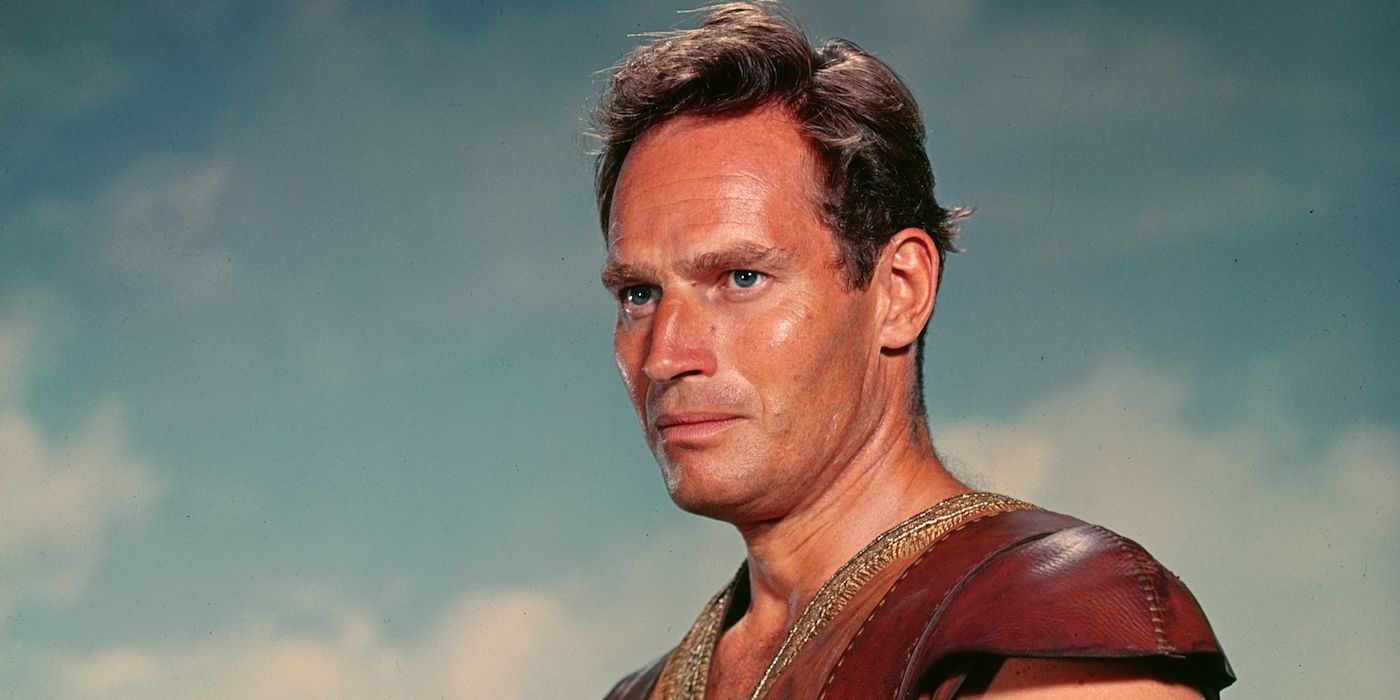
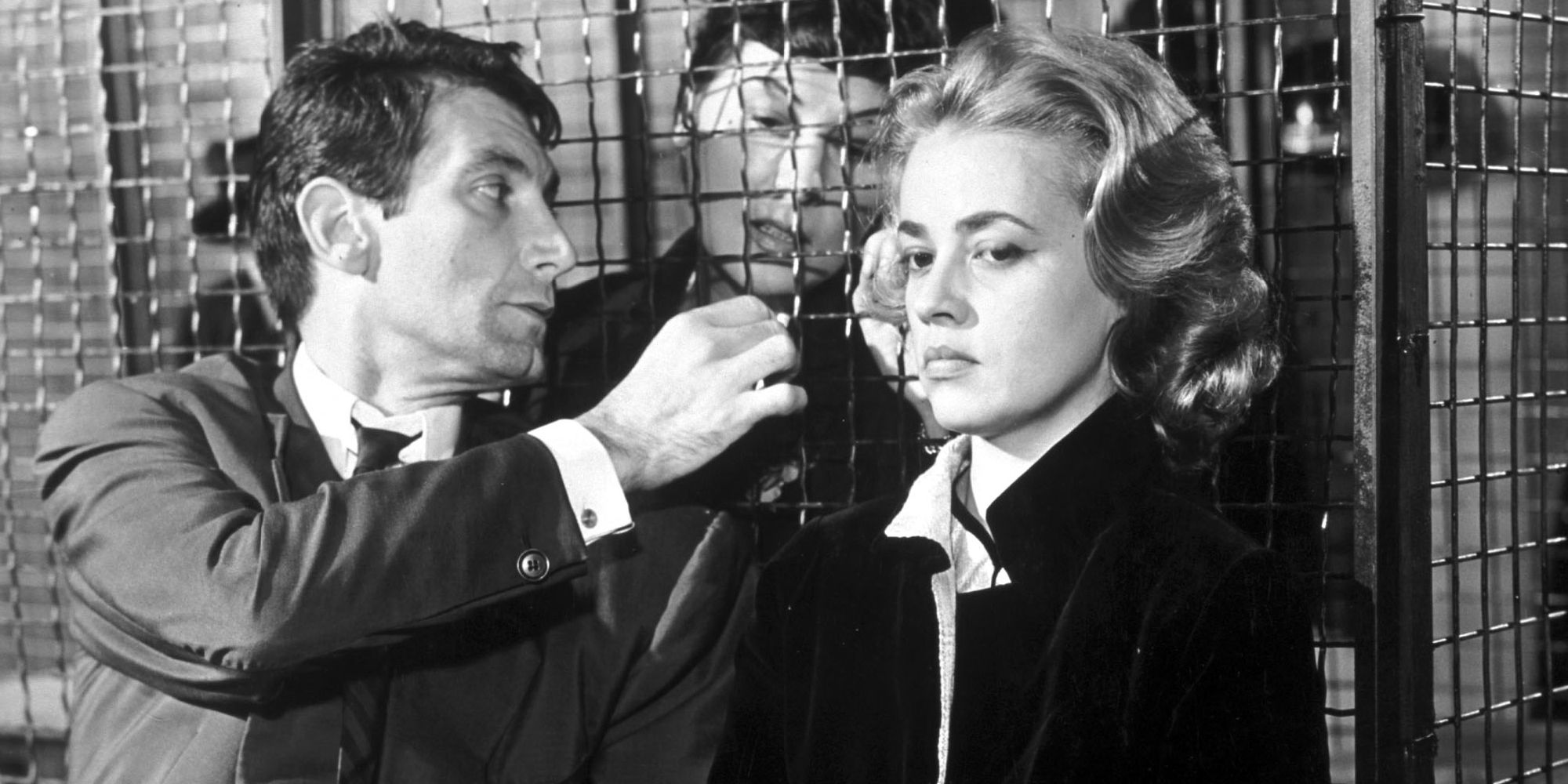
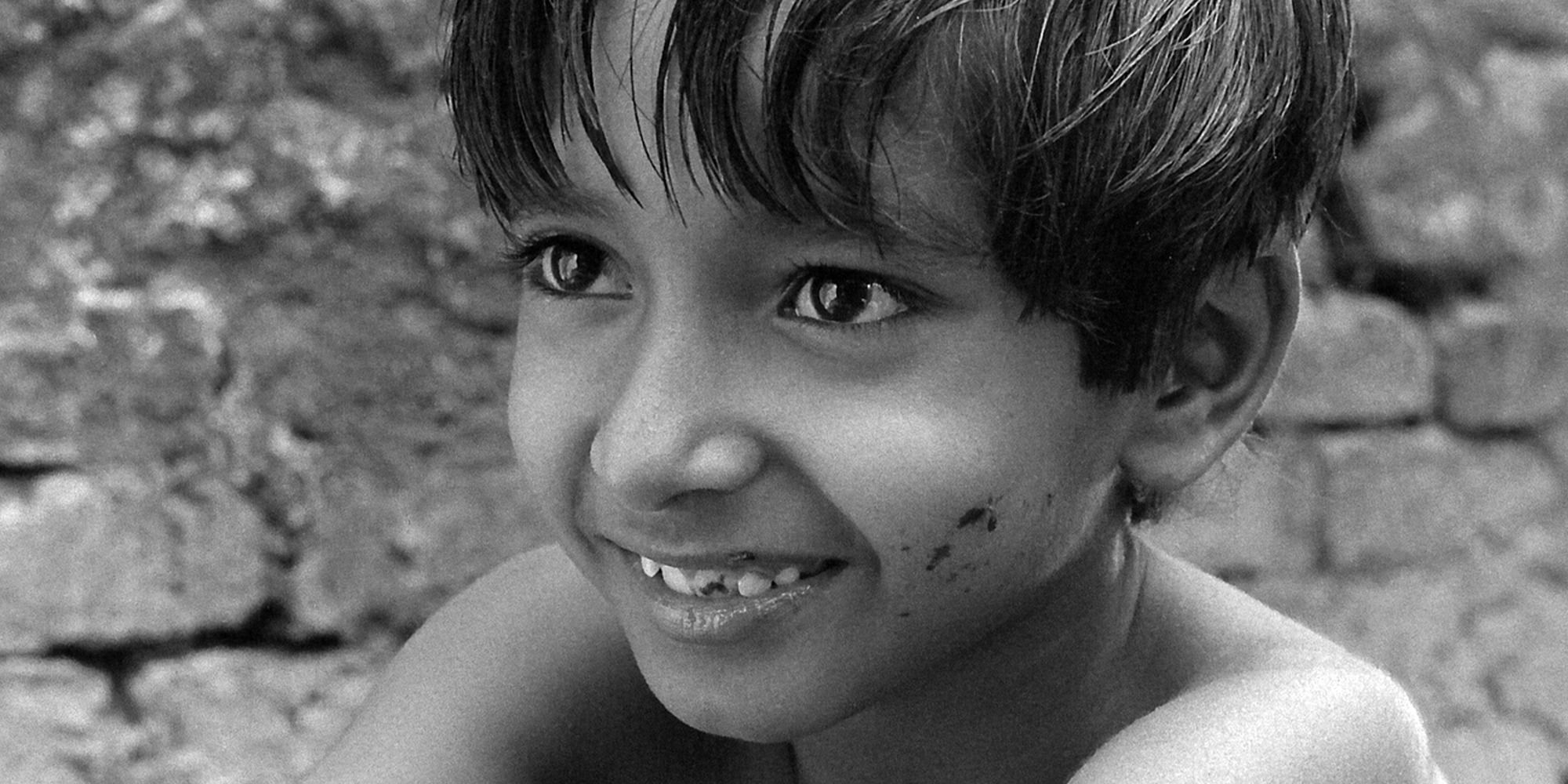
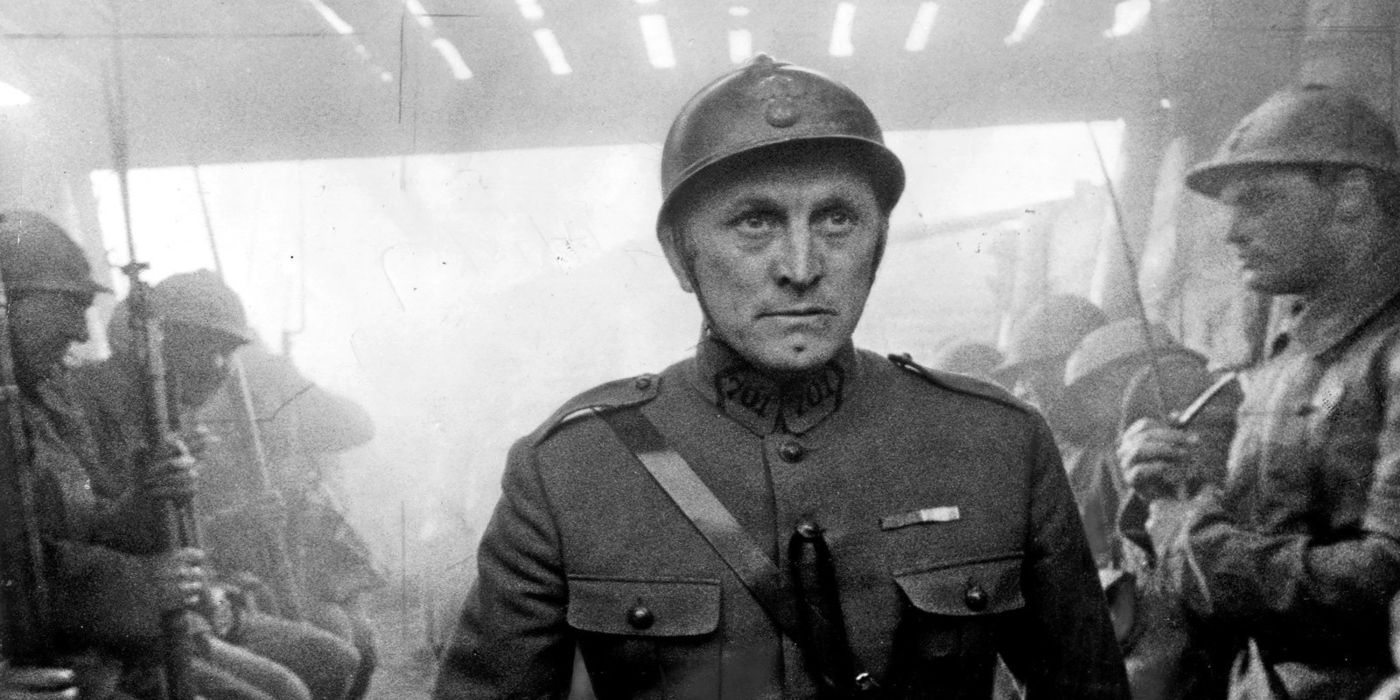
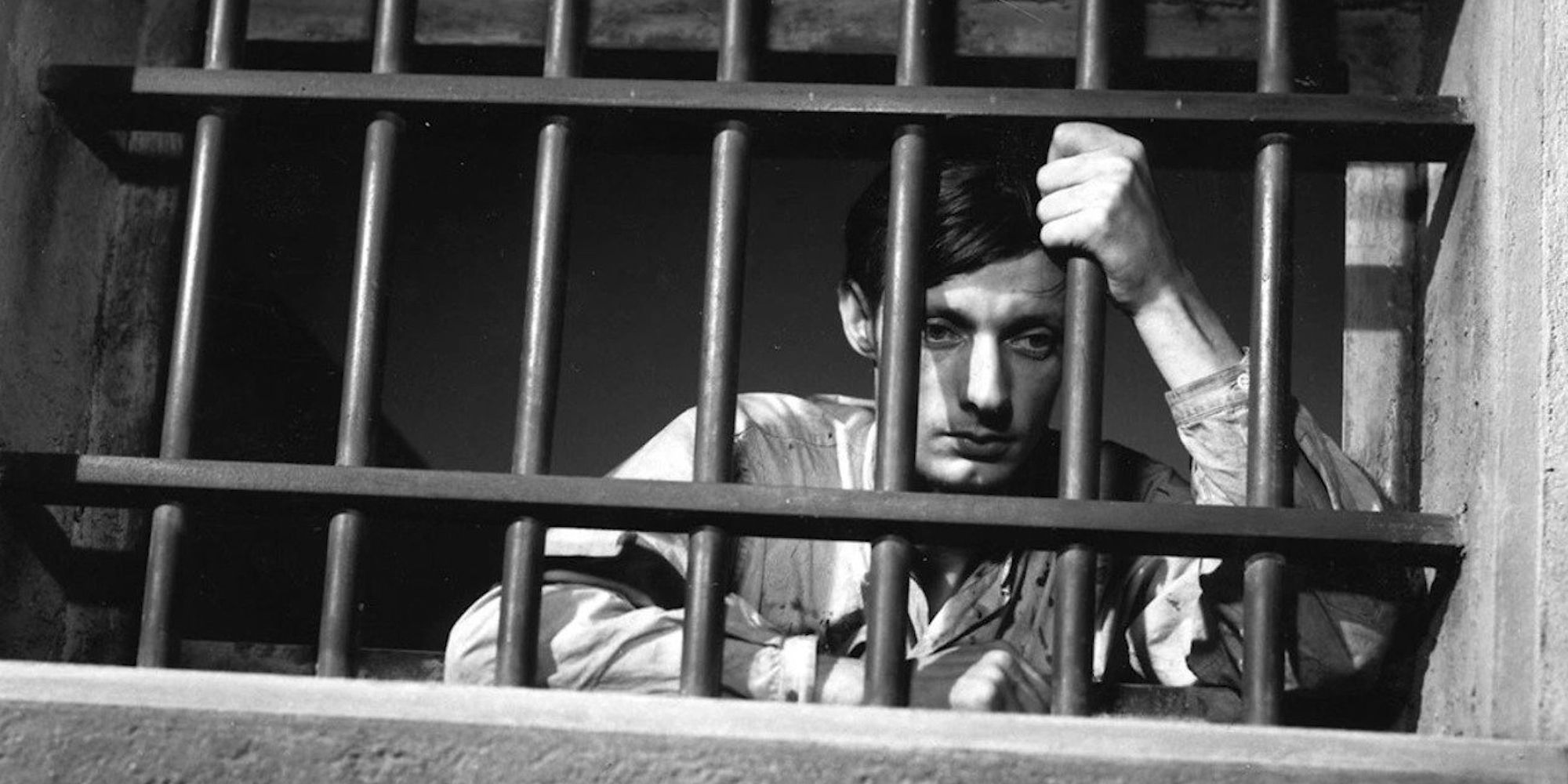

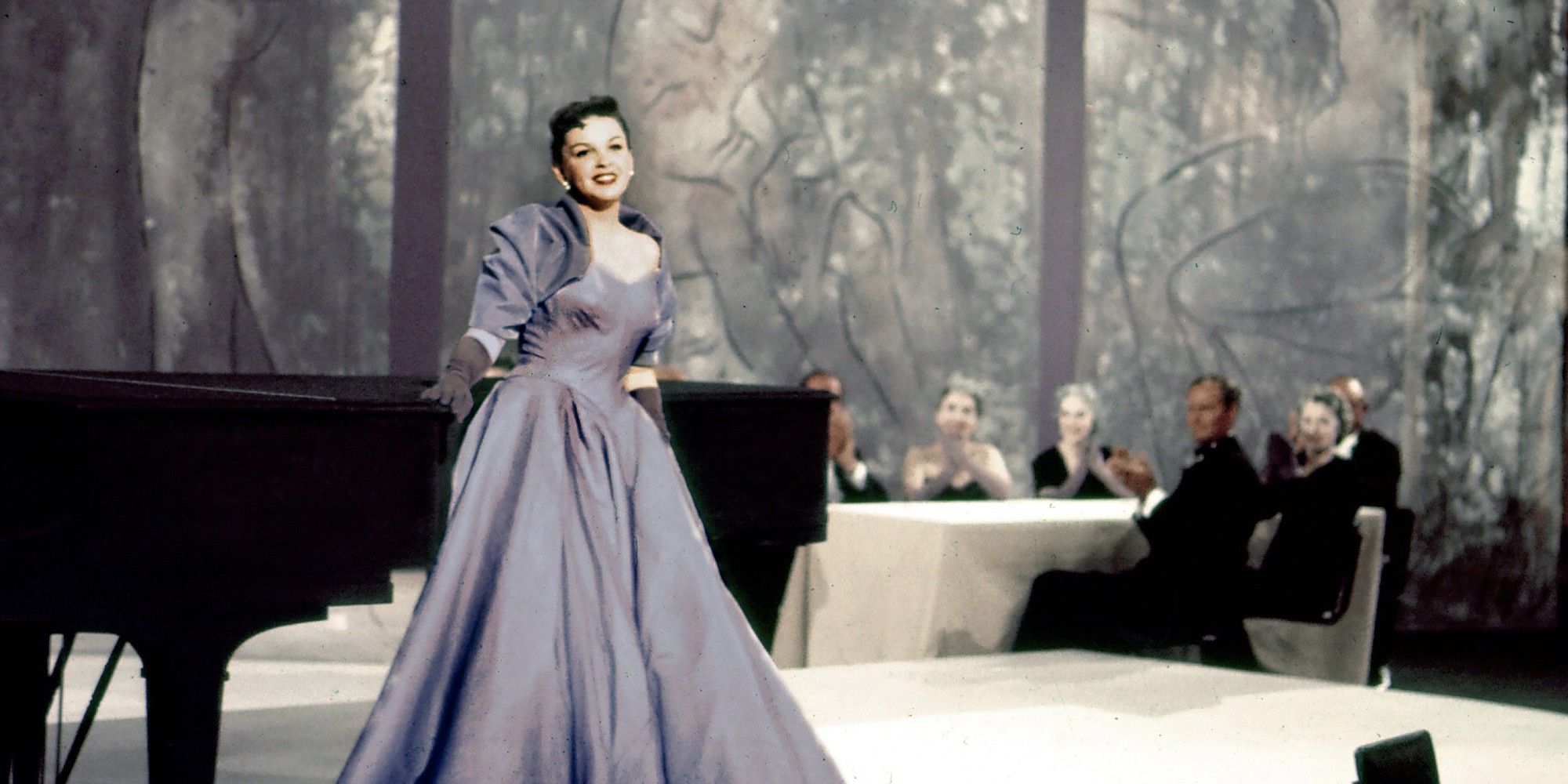

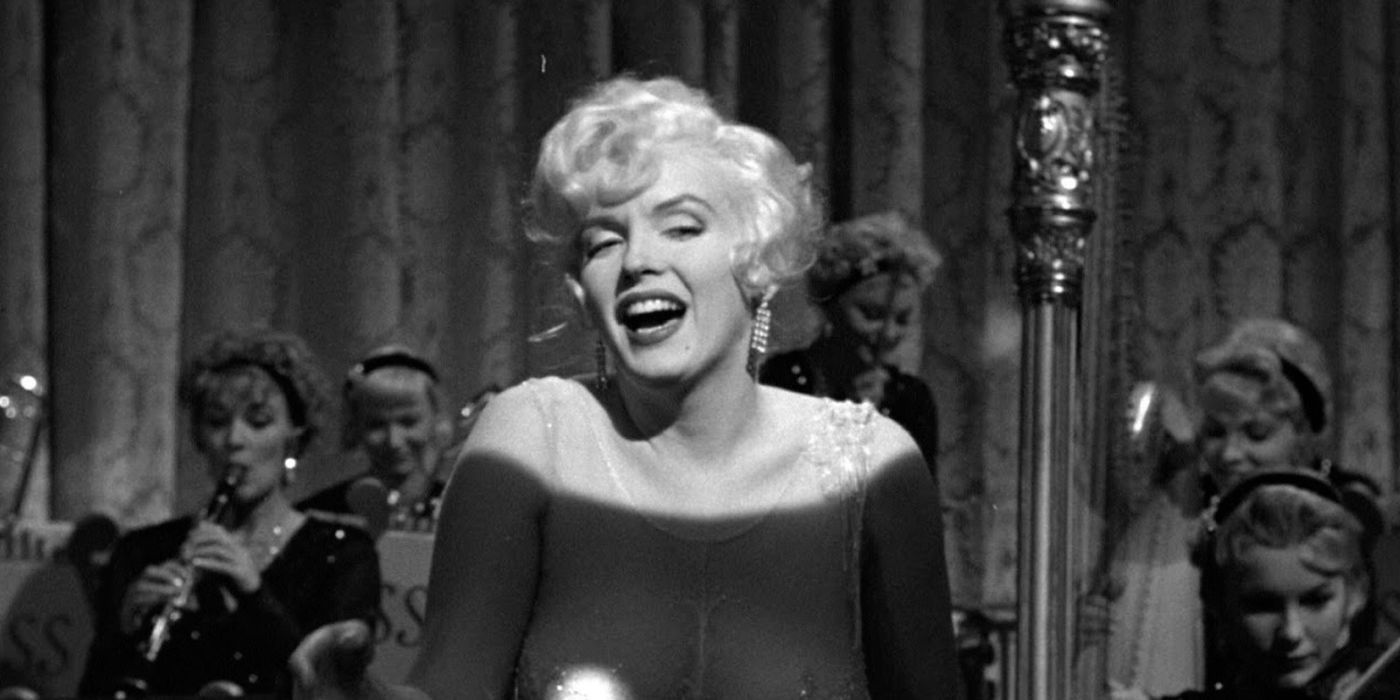

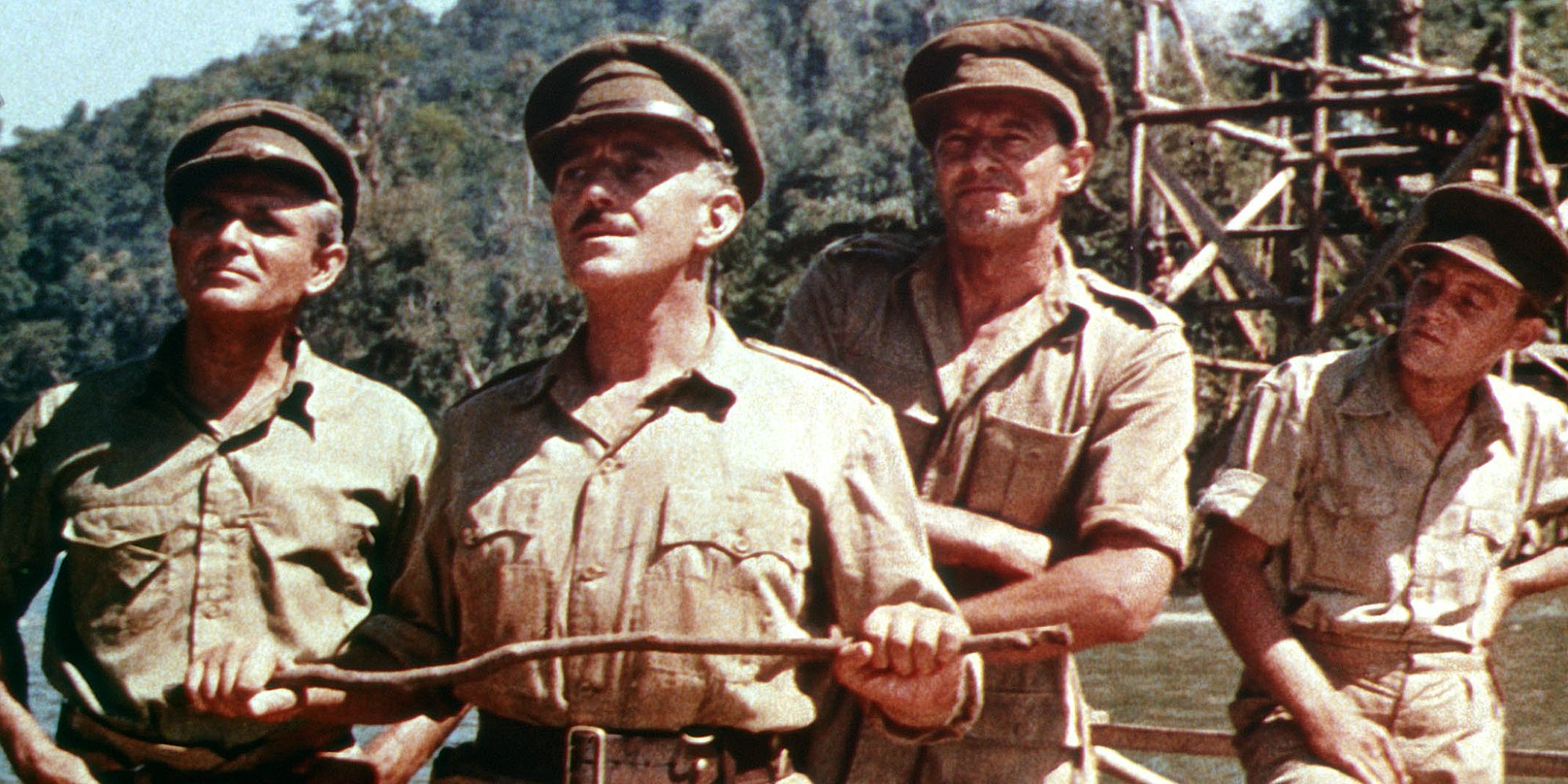

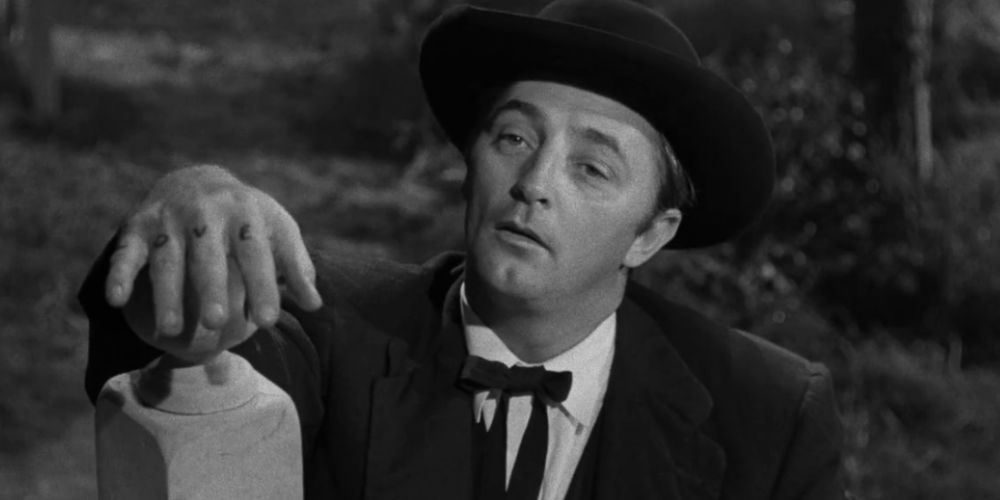






:quality(85):upscale()/2023/10/06/803/n/1922283/fdf601bd65204f0673b910.82102925_.jpg)